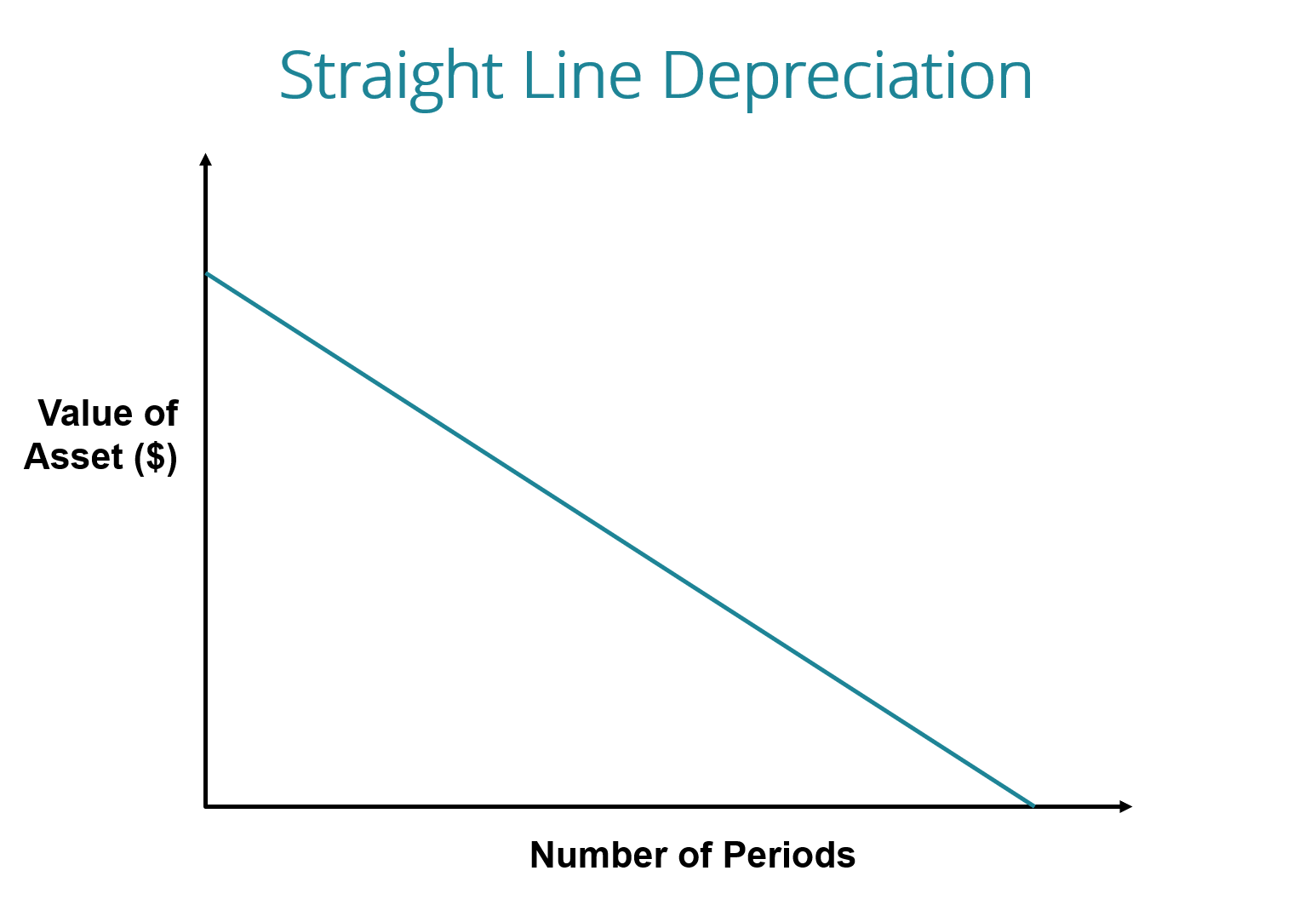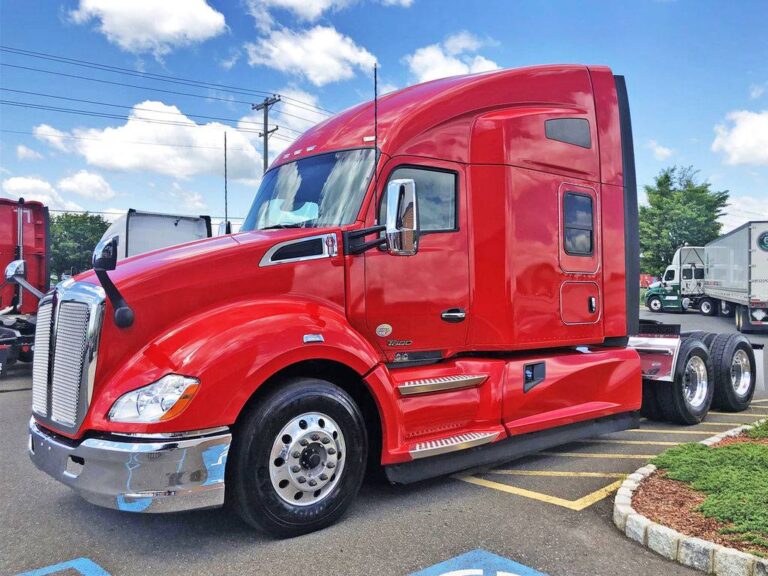Straight Truck Inside Dimensions Chart: Your Comprehensive Guide to Hauling Capacity
Straight Truck Inside Dimensions Chart: Your Comprehensive Guide to Hauling Capacity cars.truckstrend.com
In the world of logistics, moving, and delivery, the straight truck stands as a versatile and indispensable workhorse. Also known as a box truck, cube van, or moving truck, this vehicle is characterized by its single, rigid chassis where the cab and cargo area are permanently attached. Unlike a tractor-trailer combination, a straight truck does not separate from its cargo unit. While their external appearance might be similar, the true capacity and utility of these trucks lie within their inside dimensions.
Understanding the ‘Straight Truck Inside Dimensions Chart’ is not merely an academic exercise; it’s a critical component of efficient planning, cost management, and safe transportation. For businesses, it dictates how much product can be moved per trip, directly impacting operational costs and delivery schedules. For individuals undertaking a move, it determines whether all belongings will fit into one truck, saving time, money, and stress. This comprehensive guide will delve into the intricacies of straight truck interior measurements, helping you make informed decisions for your hauling needs.
Straight Truck Inside Dimensions Chart: Your Comprehensive Guide to Hauling Capacity
Understanding the Anatomy of Straight Truck Dimensions
Before diving into specific charts, it’s crucial to grasp the key measurement terms that define a straight truck’s internal capacity. These aren’t just numbers; they represent usable space that directly translates to your ability to transport goods.
- Inside Length: This is the measurement from the interior front wall of the cargo box to the inside of the rear door. It dictates how many items can be lined up end-to-end or how many pallets can fit.
- Inside Width: Measured from one interior side wall to the other. Crucially, this measurement often has two variants: the maximum width (above the wheel wells) and the width between wheel wells (which is narrower and can be a significant constraint for wider items or pallet placement).
- Inside Height: The vertical measurement from the cargo floor to the lowest point of the interior roof. This determines the height of items you can load or how high you can stack boxes.
- Cubic Feet (Volume): The total usable internal volume of the cargo area, calculated by multiplying Inside Length × Inside Width (average, or considering obstructions) × Inside Height. This figure provides an overall sense of the truck’s capacity for bulky, but not necessarily heavy, items.
- Payload Capacity (Weight): While not an internal dimension, payload capacity is intrinsically linked to how much you can truly utilize the internal space. It refers to the maximum weight of cargo, passengers, and fuel that the truck can safely carry, often measured in pounds (lbs) or kilograms (kg). Exceeding this limit is dangerous and illegal.
- Gross Vehicle Weight Rating (GVWR): The maximum operating weight of the truck as determined by the manufacturer, including the vehicle itself, fuel, passengers, and cargo. Understanding GVWR is vital for compliance and safety.

Each of these dimensions plays a vital role. A truck might have ample length but be too narrow between wheel wells for standard pallets, or it could have impressive cubic footage but a low payload capacity, making it unsuitable for heavy machinery.
Straight Truck Inside Dimensions Chart: Common Sizes and Applications
Straight trucks come in a variety of sizes, each suited for different tasks, from small local deliveries to large residential moves or commercial freight. Below is a comprehensive chart outlining typical inside dimensions for common straight truck categories. Please note: Dimensions can vary slightly by manufacturer, model year, and specific vehicle modifications. Always verify exact measurements with your rental provider or truck specifications.
| Truck Size Category | Typical Outside Length (ft) | Inside Length (ft) | Inside Width (ft) (Max / Between Wheel Wells) | Inside Height (ft) | Est. Cubic Feet (cu. ft.) | Est. Payload Capacity (lbs) | Common Uses / Applications |
|---|







